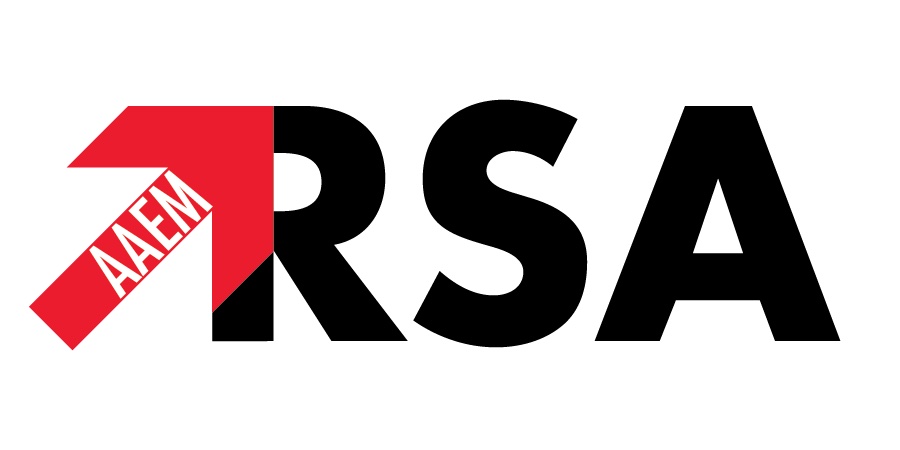 |
| Image credit: Pexels |
Authors: Nicole E. McAmis; Angela C. Mirabella; Elizabeth M. McCarthy; Cara A. Cama, MBA; and Frank H. Netter, MD
Originally published: Common Sense
September/October 2020
The U.S. Department of State defines human trafficking in The Trafficking Victims Protection Act of 2000 as:
- Sex trafficking in which a commercial sex act is induced by force, fraud, or coercion, or in which the person induced to perform such an act has not attained 18 years of age; or
- The recruitment, harboring, transportation, provision, or obtaining of a person for labor or services through the use of force, fraud, or coercion for the purpose of subjection to involuntary servitude, peonage, debt bondage, or slavery.1
Introduction
Human trafficking is a violation of human rights and a global pandemic. Health care providers are often the first group of professionals to interact with victims of human trafficking with over 88% of victims seeking medical care in a variety of health care settings.2,3 These health care professionals provide not only medical care for various concerns, but also emotional and psychological support.
Medical complaints can include infectious diseases, physical violence, sexual abuse, pelvic pain, hazardous working conditions, unintended pregnancies, abortions, malnutrition, dental disease, anxiety, chronic pain, posttraumatic stress disorder (PTSD), depression, substance use disorders, suicidal ideations, or suicide attempt.4 Unfortunately, many health care providers lack the knowledge and tools needed to recognize these victims. In this post, we will dive into some basic information that all health care providers need to identify victims of human trafficking.
Risk Factors5
- Poverty
- Racial/ethnic minority status
- Marginalized individuals: LGBTQ, runaway youth, Native Americans, indigenous people
- Rural location
- Lack of education
- Disability
- Inadequate family support and protection
- Migration
Red Flags + Indicators6
- Someone else is speaking for the patient and refuses to let the patient have privacy
- Exhibits fear, anxiety, or tension
- Reluctant to explain his/her injuries or shared a scripted/inconsistent history
- Tattoos or other forms of branding are visible
- Reports an unusually high number of sexual partners, STDs, pregnancies, miscarriages, or terminations
- Uses language [or slang] common in the commercial sex industry
Appropriate Questions + Screening Tools6,7
- What are your working or living conditions like?
- Have you ever been deprived of food, water, sleep, or medical care?
- Can you leave your job or situation if you want?
- Can you come and go as you please?
- Who is the person who came with you today? Can you tell me about them?
- Have you ever been threatened or intimidated?
- Has anyone threatened to hurt you or your family if you leave?
- Do you have a debt to someone you cannot pay off?
- Is someone holding your identification documents (passport, visa, driver’s license)?
- Did you ever feel pressured to do something that you didn’t want to do or felt uncomfortable doing?
- Have you ever been told to have sex with people you don’t want to have sex with?
- Have you been forced to engage in sexual acts for money or favors?
- Does anyone take all or part of the money you earn?
- Do you have to meet a quota of money each night before you return home?
- Conduct the assessment in a comfortable, private location with a social worker or advocate present whenever possible
- Conduct the interview in the potential victim’s native language and use a professional, neutral interpreter if needed
- Ask others present to leave for the interview and examination
- Use an approachable tone, demeanor, and body language that remains neutral and is non-judgmental
- Refrain from taking notes while in the room to promote active listening
- Assure confidentiality, unless the situation invokes state mandatory reporting laws (i.e. persons in grave danger, minors under the age of 18 years, or persons with disabilities)
- Victims may find it easier to speak with a provider who is of the same sex, ethnicity, or age range
- Reference existing institutional protocols for victims of abuse
- Before you begin, do a safety check:
- Is it safe for you to talk with me right now?
- Do you feel safe right now?
- Do you feel like you are in any kind of danger for speaking with me?
Next Steps
After addressing the immediate needs of your patient and obtaining informed consent, consider calling the National Human Trafficking Resource Center (NHTRC) hotline at 1-888-373-7888.8 The NHTRC can help assess the current level of danger, provide further recommendations, identify local resources, and potentially involve law enforcement. In situations of life-threatening danger, follow your institutional policies for reporting to law enforcement.
Some items to consider include:
- Presence of the trafficker in patient room, waiting room, or home
- Potential that calling the hotline may put the patient or the patient’s family in danger
- Age of patient
It is vital that you help the patient memorize the phone number, so they can call 1-888-373-7888 or text HELP or INFO to BeFree (233733) at a later time. Please avoid giving the patient physical materials including written notes or brochures that could place them at increased risk if detected.
Closing
Health care providers are in a unique and powerful position to serve as the first responders for victims of human trafficking. We hope this article has provided you with some tips and tools to utilize in your practice and profession.
Many health care professionals have shared concerns about the lack of quality training available on this topic. As such, we sought to identify the self-reported knowledge level of providers on the global issue of human trafficking. Please keep an eye out for the results of our study in a future publication.
References:
- U.S. Department of State. Trafficking in Persons Report June 2019. Available at: https://www.state.gov/wp-content/uploads/2019/06/2019-Trafficking-in-Persons-Report.pdf. Accessed May 2020.
- Baldwin SB, Eisenman DP, Sayles JN, Ryan G, Chuang KS. Identification of human trafficking victims in health care settings. Health Hum Rights. 2011;13(1):36-49.
- Isaac R, Solak J, Giardino AP. Health Care Providers’ Training Needs Related to Human Trafficking: Maximizing the Opportunity to Effectively Screen and Intervene. Journal of Applied Research on Children: Informing Policy for Children at Risk. 2011;2(1).
- Lederer, Laura. The Health Consequences of Sex Trafficking and Their Implications for Identifying Victims in Health care Facilities. Annals of Health Law. 2014;23(61).
- Zimmerman C, Yun K, Shvab I, et al. The health risks and consequences of trafficking in women and adolescents. Findings from a European study. London: London School of Hygiene & Tropical Medicine (LSHTM). 2003.
- Chohaney ML. Minor and Adult Domestic Sex Trafficking Risk Factors in Ohio. Journal of the Society for Social Work and Research. 2016;7(1):117-141.
- National Human Trafficking Resource Center. Identifying Victims of Human Trafficking: What to Look for in a Health care Setting. Available at: https://humantraffickinghotline.org/sites/default/files/What%20to%20Look%20for%20during%20a%20Medical%20Exam%20-%20FINAL%20-%202-16-16_0.pdf. Accessed May 2020.
- National Human Trafficking Resource Center. Comprehensive Human Trafficking Assessment. Available at: https://humantraffickinghotline.org/sites/default/files/Comprehensive%20Trafficking%20Assessment.pdf. Accessed May 2020.
- National Human Trafficking Hotline. Available at: https://humantraffickinghotline.org. Accessed May 2020.
